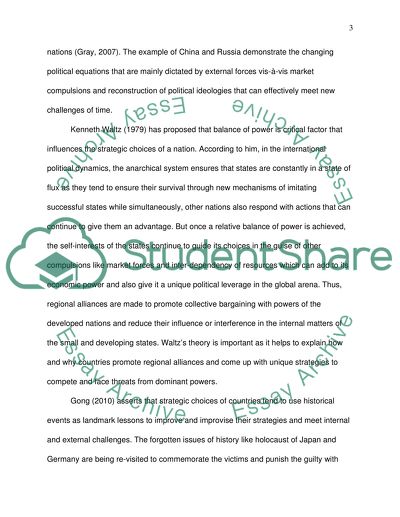Cite this document
(“What drives a country's choice of strategy: capabilities or history Essay”, n.d.)
Retrieved from https://studentshare.org/history/1489419-what-drives-a-country-s-choice-of-strategy
Retrieved from https://studentshare.org/history/1489419-what-drives-a-country-s-choice-of-strategy
(What Drives a country's Choice of Strategy: Capabilities or History Essay)
https://studentshare.org/history/1489419-what-drives-a-country-s-choice-of-strategy.
https://studentshare.org/history/1489419-what-drives-a-country-s-choice-of-strategy.
“What Drives a country's Choice of Strategy: Capabilities or History Essay”, n.d. https://studentshare.org/history/1489419-what-drives-a-country-s-choice-of-strategy.


